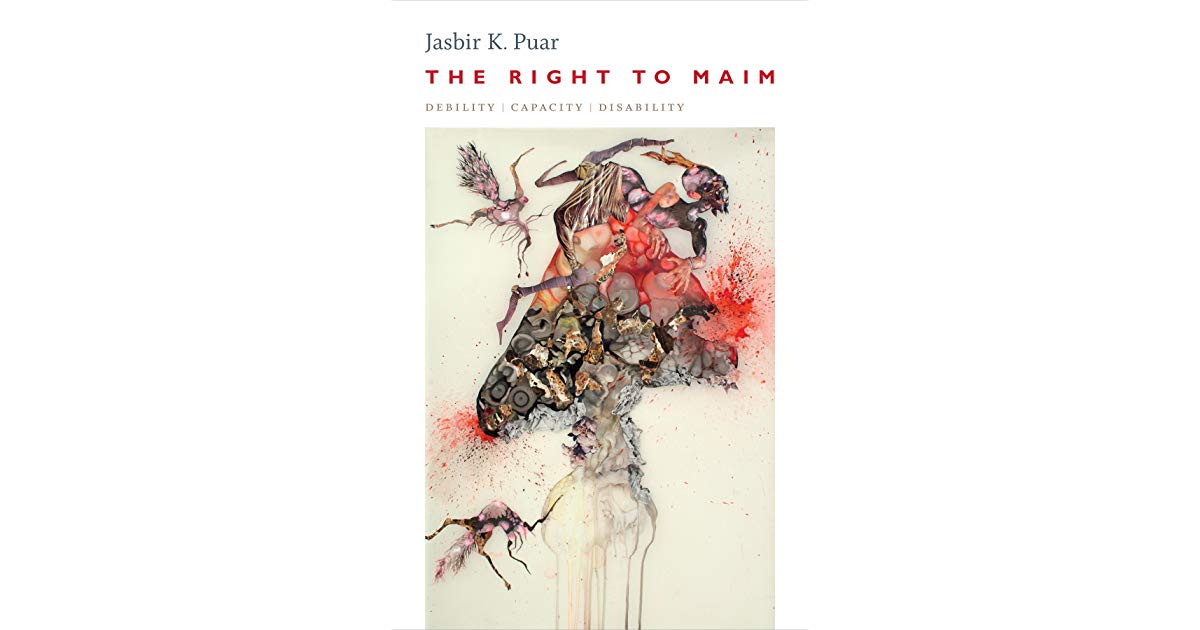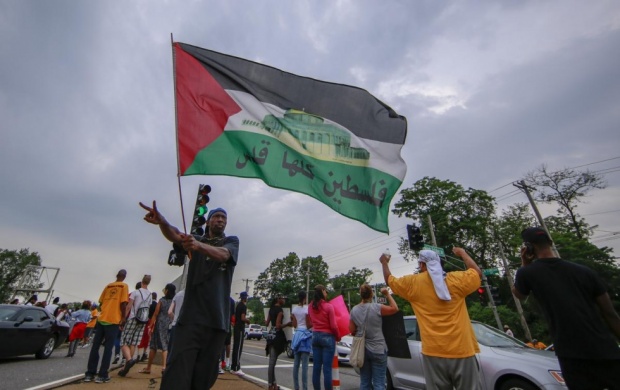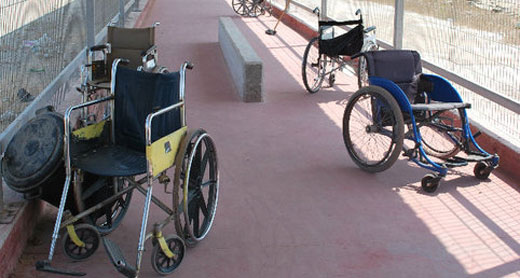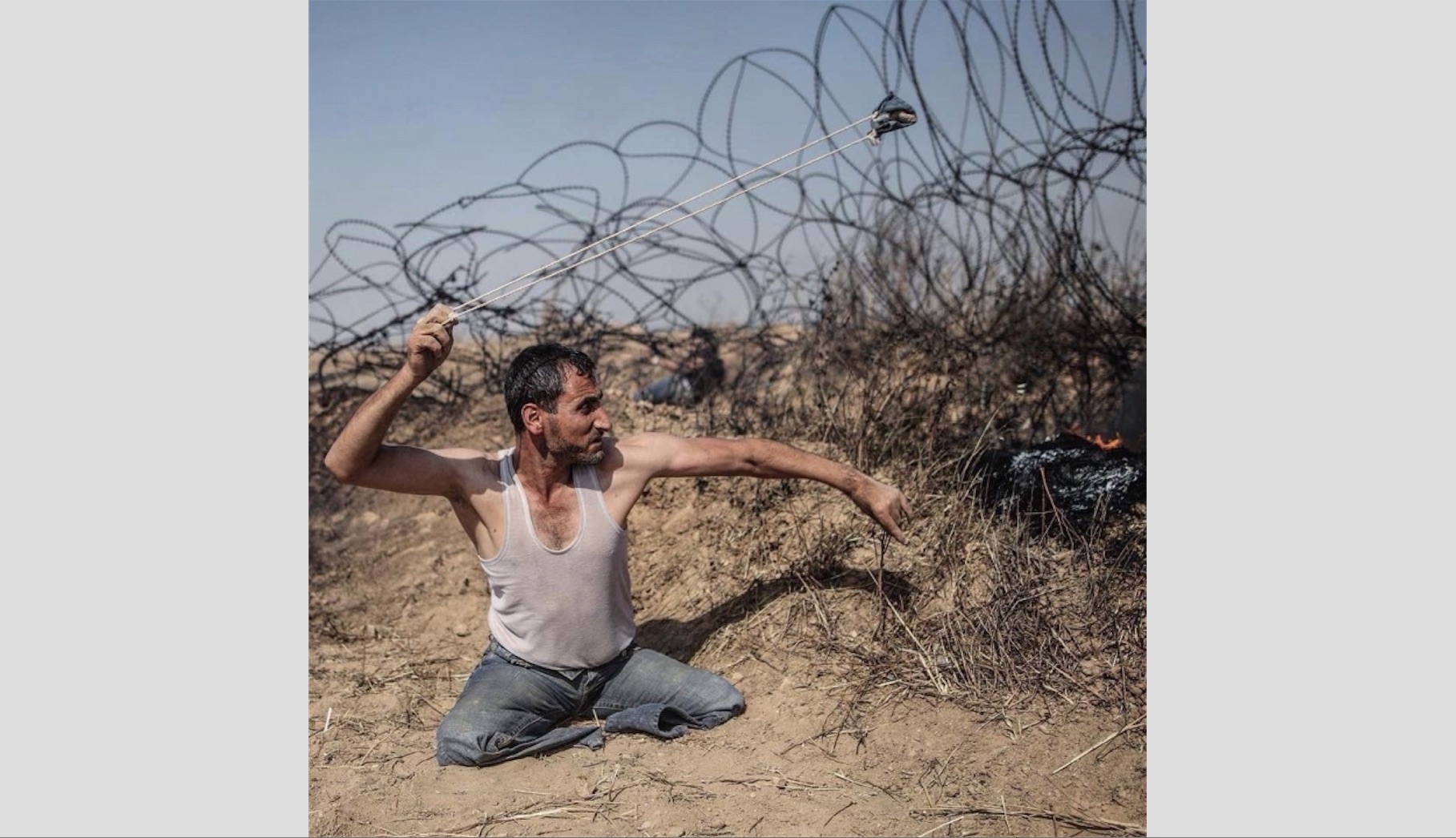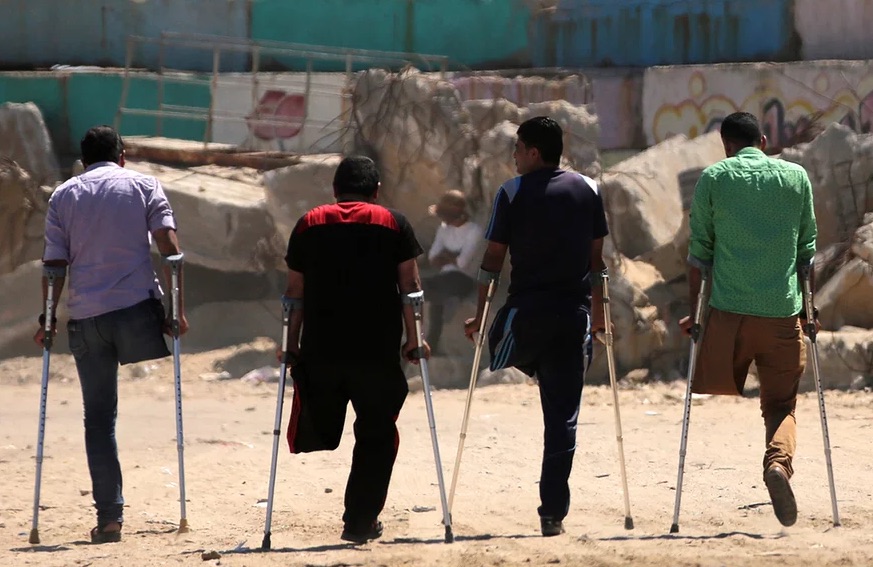This Social Text Periscope dossier offers reflections on Jasbir Puar’s work from Terrorist Assemblages: Homonationalism in Queer Times to The Right to Maim: Debility, Capacity, Disability. With The Right to Maim’s release occurring on the tenth anniversary of Terrorist Assemblages, … Continue reading “Introduction: Relation, Exception, and the Horizons of Critique in Jasbir Puar’s Work”
Jasbir Puar: From Terrorist Assemblages to The Right to Maim

This Social Text Periscope dossier offers reflections on Jasbir Puar’s work from Terrorist Assemblages: Homonationalism in Queer Times to The Right to Maim: Debility, Capacity, Disability. With The Right to Maim’s release occurring on the tenth anniversary of Terrorist Assemblages, the time seemed to us ripe not only to assess the import of the former, but also attend to the larger critical arc provided by Puar’s scholarship. Thus, we’ve invited seven scholars–Liat Ben-Moshe, Sara Farris, Macarena Gómez-Barris, Amber Jamilla Musser, J. Kēhaulani Kauanui, Fred Moten, and Helga Tawil-Souri–to reflect on the impact, applicability, and issues that have arisen from Puar’s work, with a primary focus on The Right to Maim.
cover image: Candice Lin, Birth of a Nation, 2008. Watercolor on paper, 44 x 54 in. Courtesy of the artist
Race, Affect, and Assemblage: Toward Brown Jouissance
Amber Jamilla MusserTerrorist Assemblages brilliantly illuminates the imbrication of race and affect. While not dispensing with the complex histories that have shaped racial categories, Puar’s book draws our attention to race as an affective landscape—pulling materiality, discourse, and emotions into the fray … Continue reading “Race, Affect, and Assemblage: Toward Brown Jouissance”
blackpalestinian breath
Fred MotenJasbir Puar’s work in The Right to Maim is crucial to understanding not only that the nature of settler colonialism is genocidal but also how that genocidal nature operates. Settler colonialism is, in each and every case, a state operation, … Continue reading “blackpalestinian breath”
Maiming Palestinian Time
Helga Tawil-SouriJasbir Puar’s argument in The Right to Maim of Israel’s deliberate debilitation of Palestinians—by bodily and psychological injury, social exclusion, economic stunting, and political encumberance—is a poignant one. Indeed, one simply has to turn on the news to see tens … Continue reading “Maiming Palestinian Time”
Weaponizing Disability
Liat Ben-MosheThe above image shows a Palestinian man who is a double leg amputee (as a result of being shot by the Israeli Defense Forces) who is sitting on the ground in a sandy area with barbed wire behind him. His … Continue reading “Weaponizing Disability”
Debility’s Shadow in Extractive Zones
Macarena Gómez-BarrisIn a recent presentation at Pratt Institute, Jasbir Puar noted that she often works with shadow terms, or third terms that hides behind two oppositional and binarized concepts. Puar went on to explain that she borrowed the idea of a … Continue reading “Debility’s Shadow in Extractive Zones”
The Political Economy of Homonationalism
Sara R. FarrisWhen Terrorist Assemblages was published back in 2007, the world looked different. The association between queerness and Islamophobic nationalism—which Puar’s pathbreaking book described so well—was just coming to the forefront as a new and odd phenomenon. Centering her attention on … Continue reading “The Political Economy of Homonationalism”
Disabling Wounds: Genocidal Violence, Paradoxical Indigeneity, and the Logic of Elimination of the Native
J. Kēhaulani KauanuiBuilding on the analytics she advanced in Terrorist Assemblages, Jasbir Puar brings her pathbreaking work on the liberal state, sexuality, and biopolitics to bear on our understanding of disability. In The Right to Maim, we see the tenuous inclusion of … Continue reading “Disabling Wounds: Genocidal Violence, Paradoxical Indigeneity, and the Logic of Elimination of the Native”


